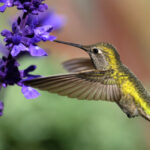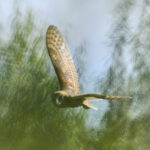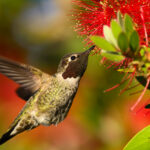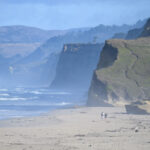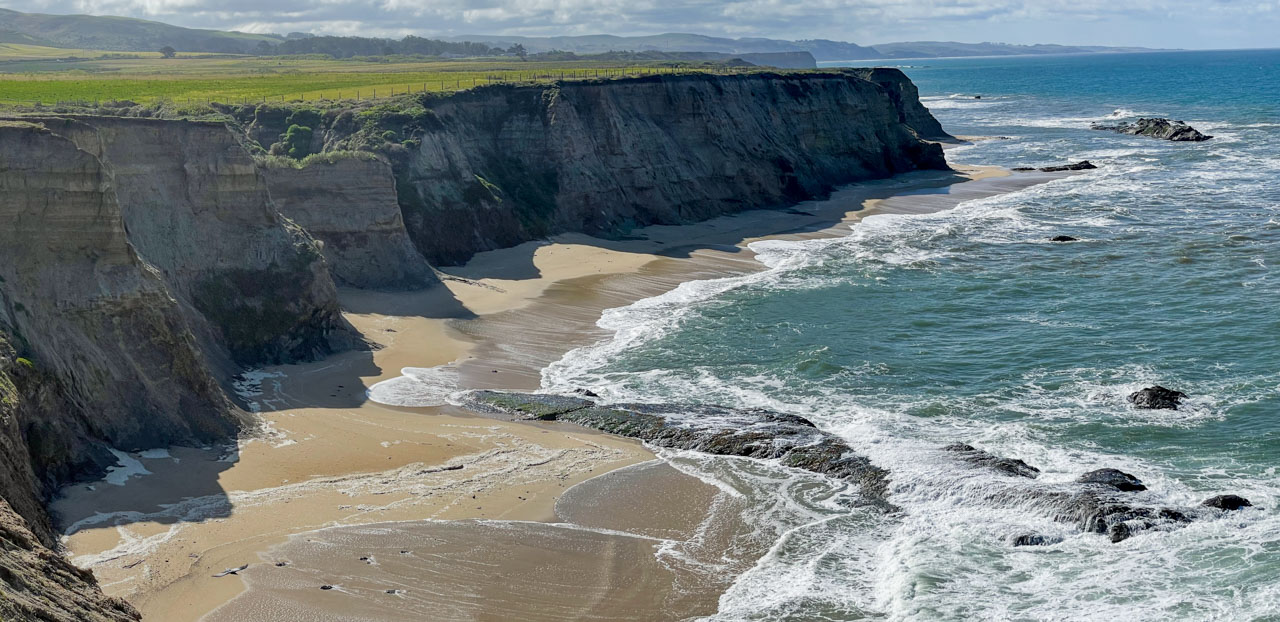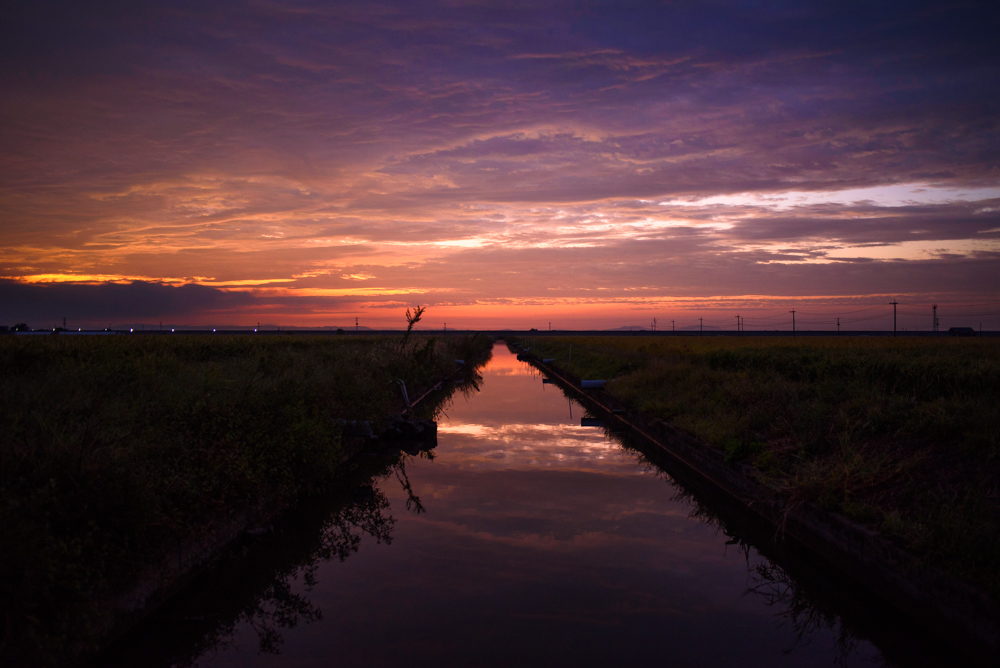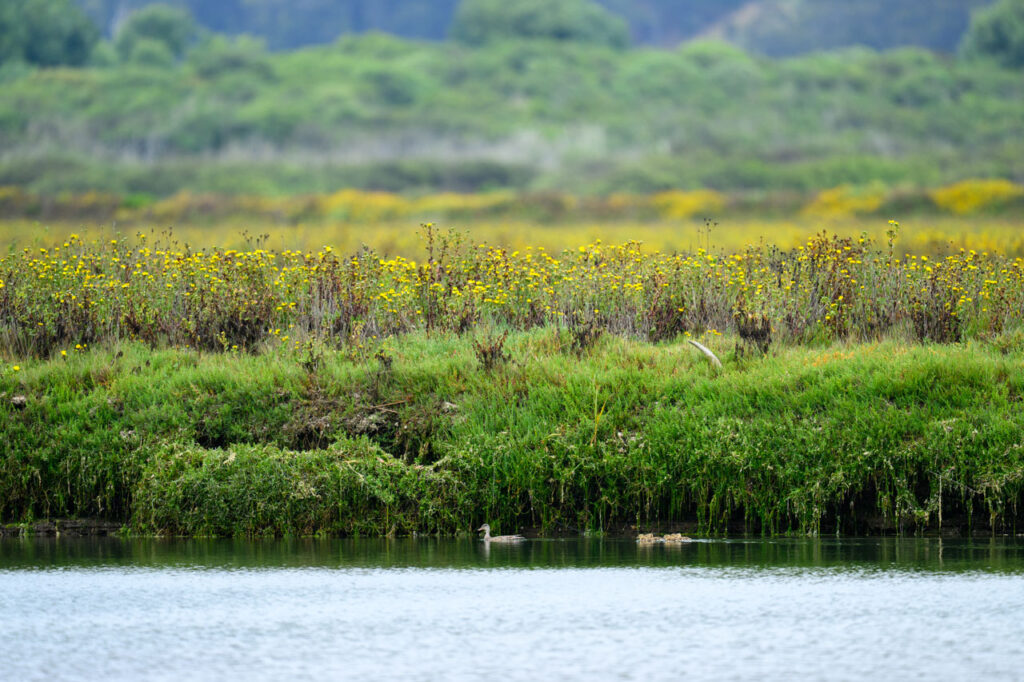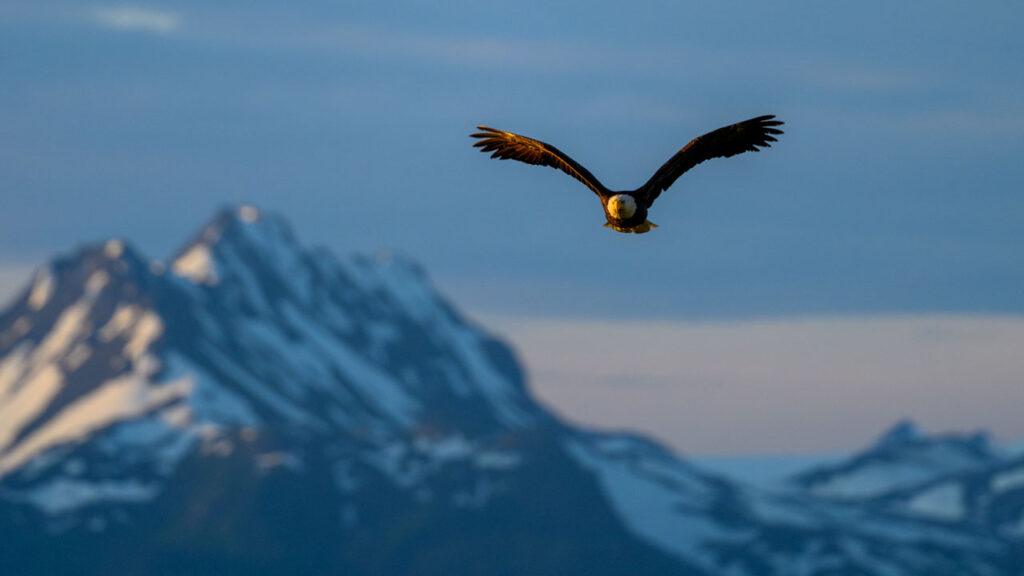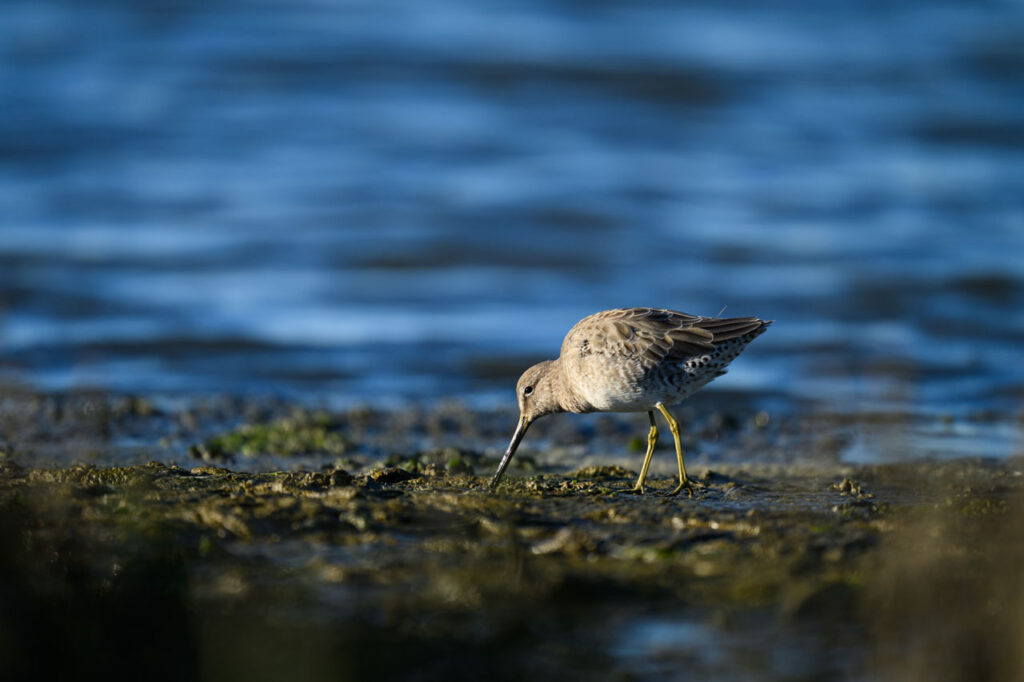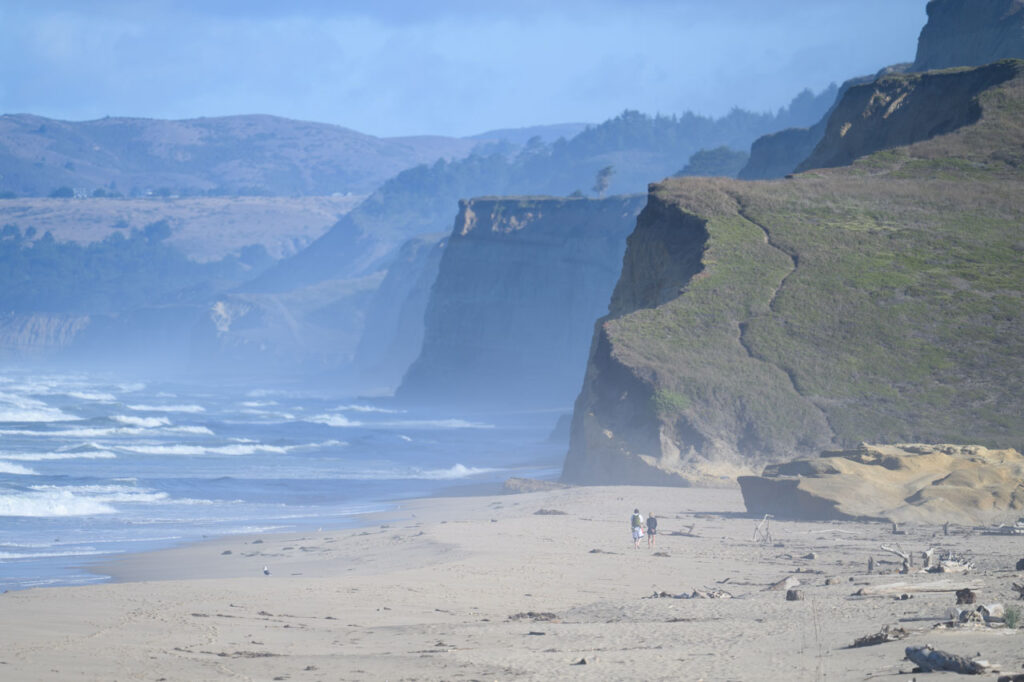
アビを求めて / Searching for Loons – Pescadero State Beach
Just to clarify, there are no loons in this post! I couldn’t find any…
In North America, loons spend the summer inland in places like Canada and move to coastal areas in the winter. According to eBird, they are commonly reported along the open ocean near the San Francisco Bay Area. To observe seabirds, you obviously need to go to the coast. However, there’s a problem.
There are few freely accessible beaches.
To be precise, there are many beaches. However, most of them are designated as State Beaches, managed by the state, and you have to park in a paid lot to access the shore. If I had to pay a parking fee at every location just for a quick survey, it would add up quickly.
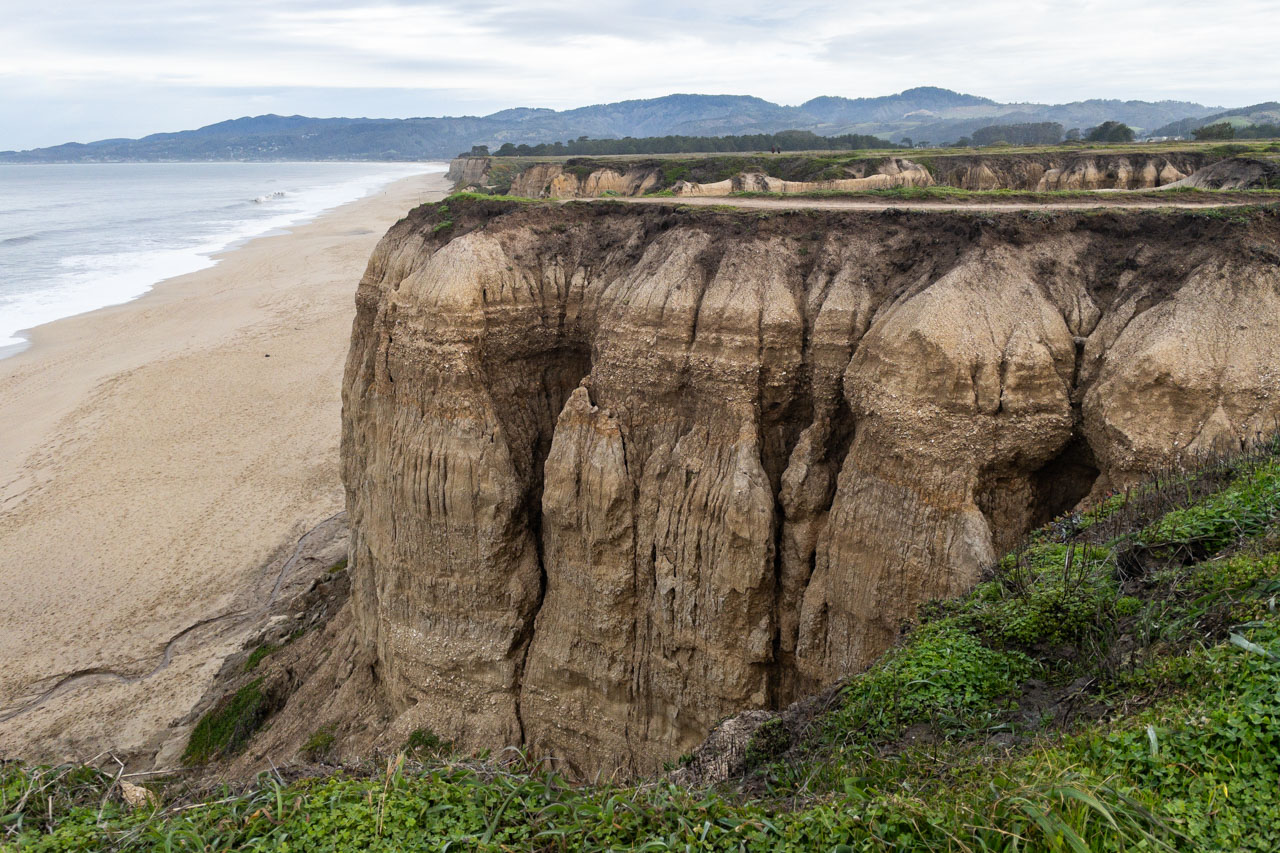
In the U.S., vast natural landscapes stretch out wherever you go, making it seem like you can explore freely. However, from what I’ve observed so far, the reality is quite the opposite. First, private land ownership is taken very seriously. Even in places that seem completely uninhabited, private property is usually fenced off. I have no intention of trespassing, of course, but it still feels restrictive, as if every piece of land is loudly declaring, “This is mine!” Additionally, public lands (at least in California) are strictly regulated, often with set operating hours like 8 AM to 5 PM. Unlike in Japan, where you can enter parks and natural areas freely 24/7, unrestricted access is rare here. This makes photography challenging. I assume it’s because keeping them open at all hours could lead to crime.
That was a long preface. In any case, finding a freely accessible and well-maintained beach was the first step. As I continued south from Half Moon Bay, I found a well-managed free parking area at Pescadero State Beach.


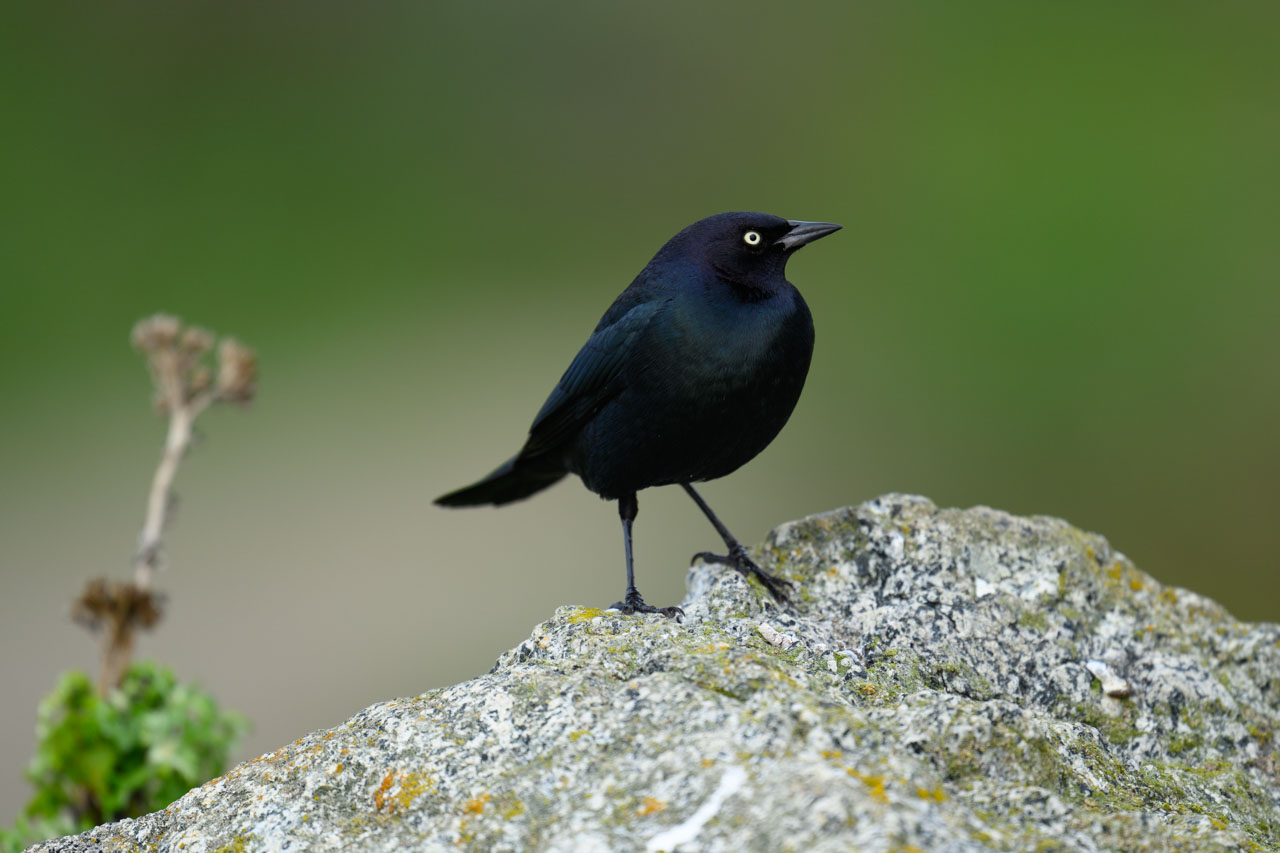
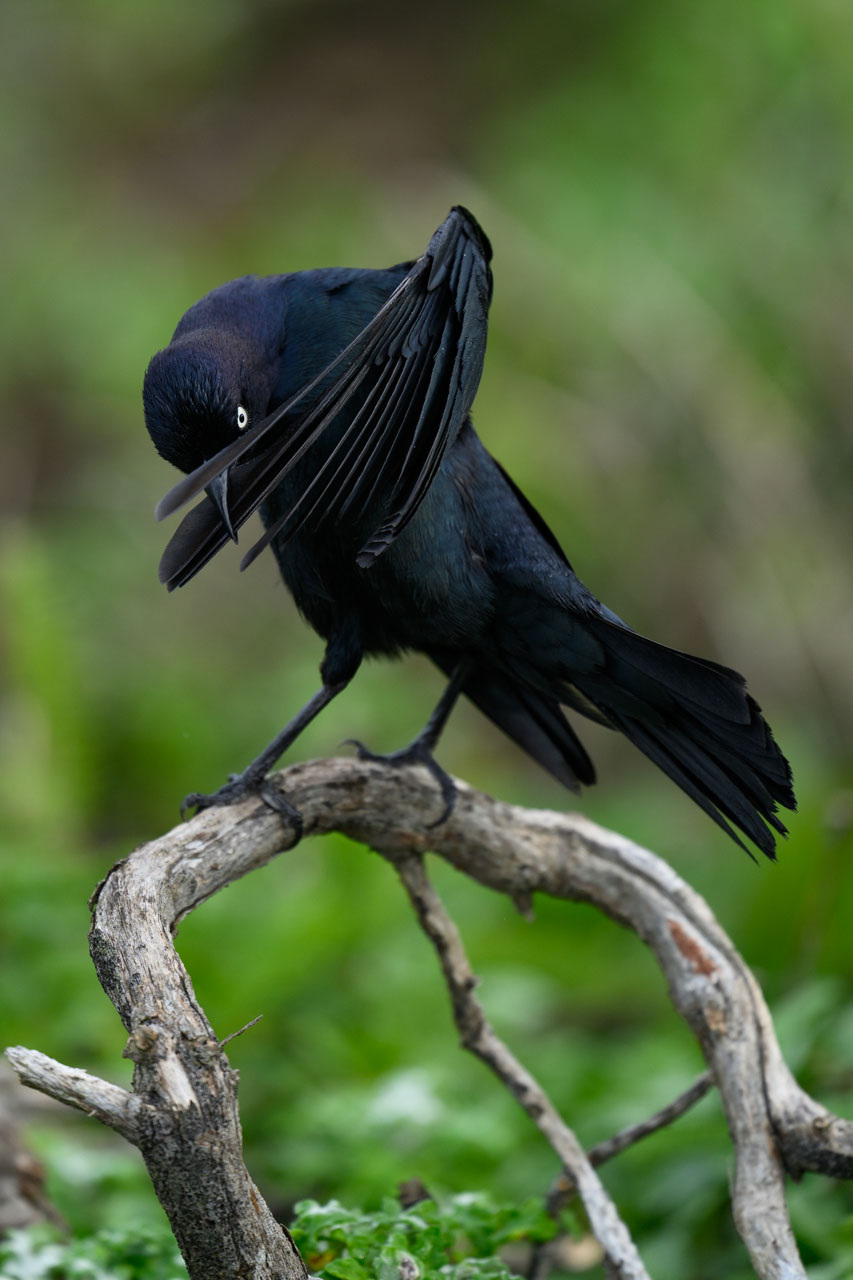
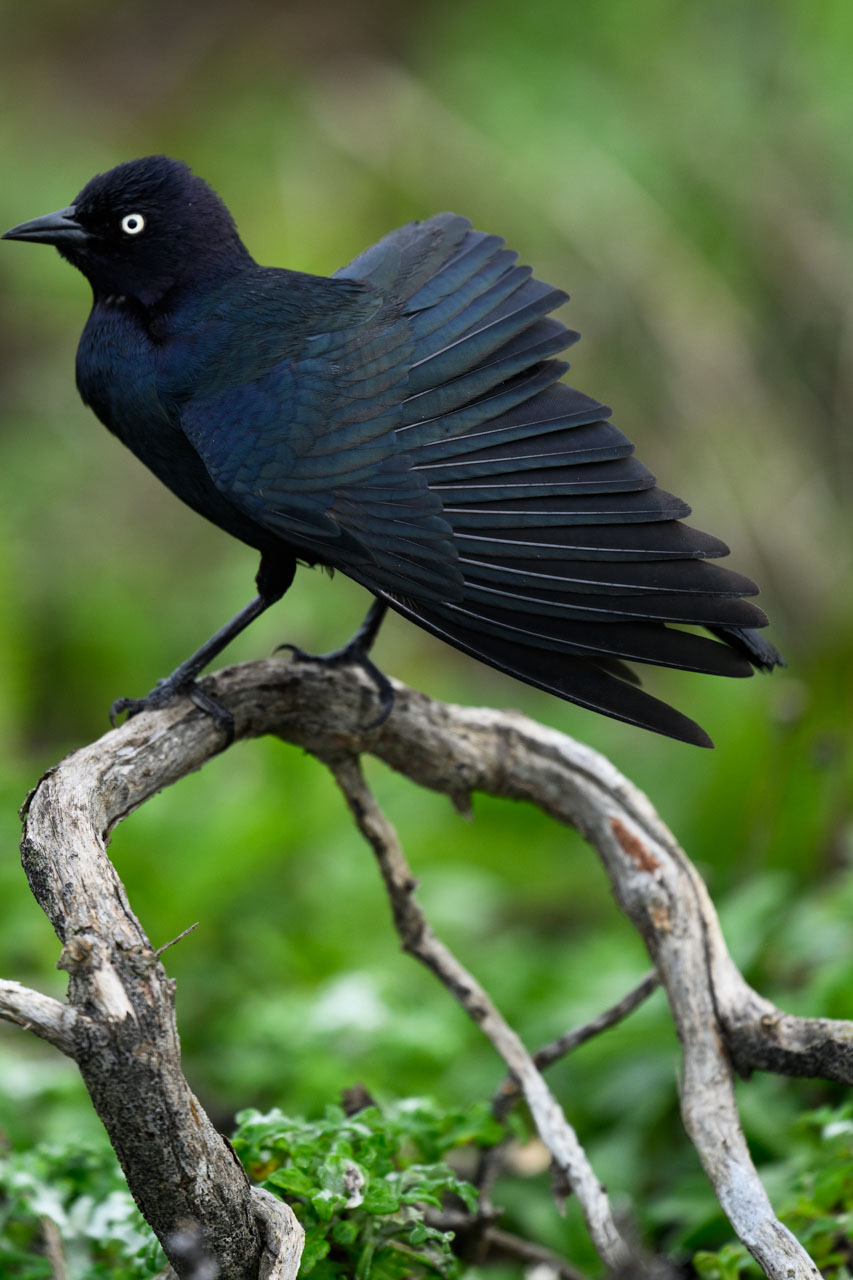
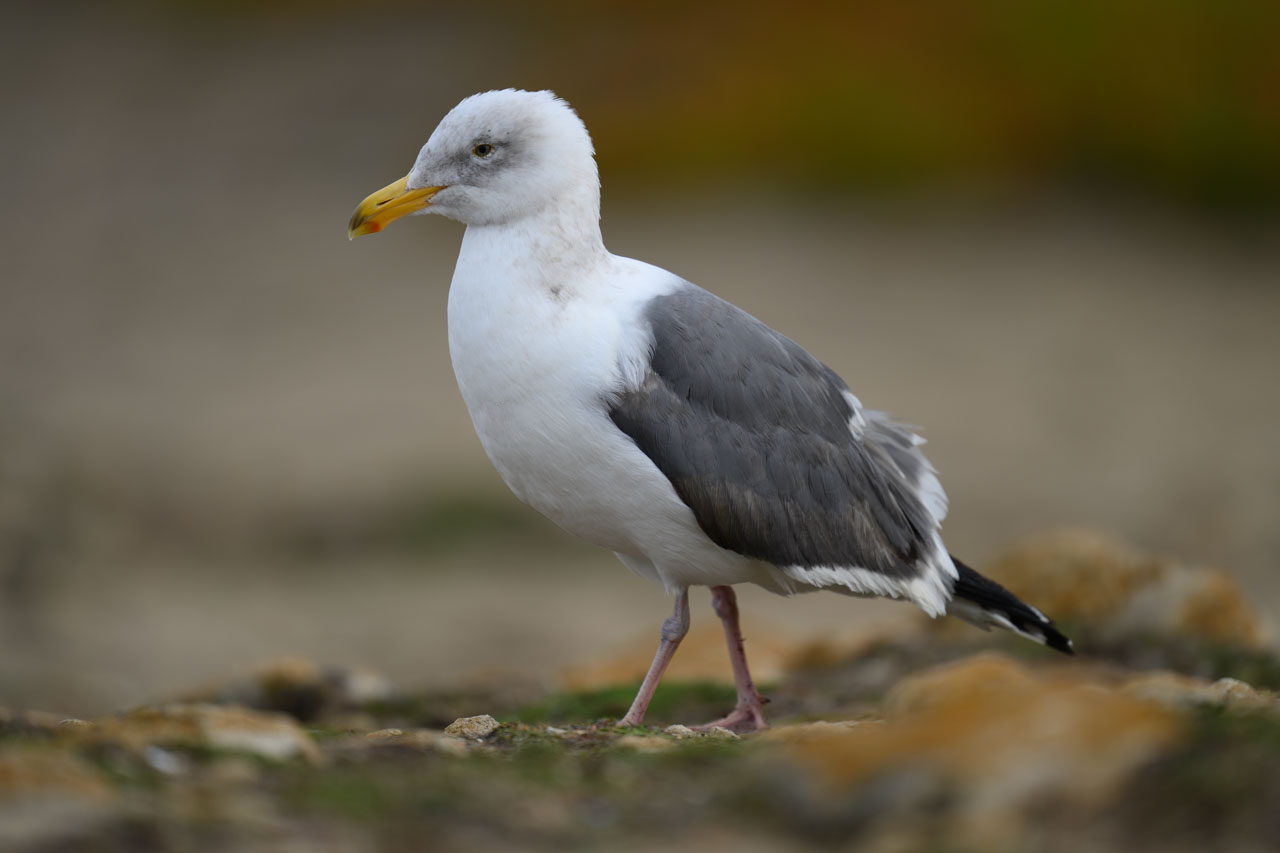
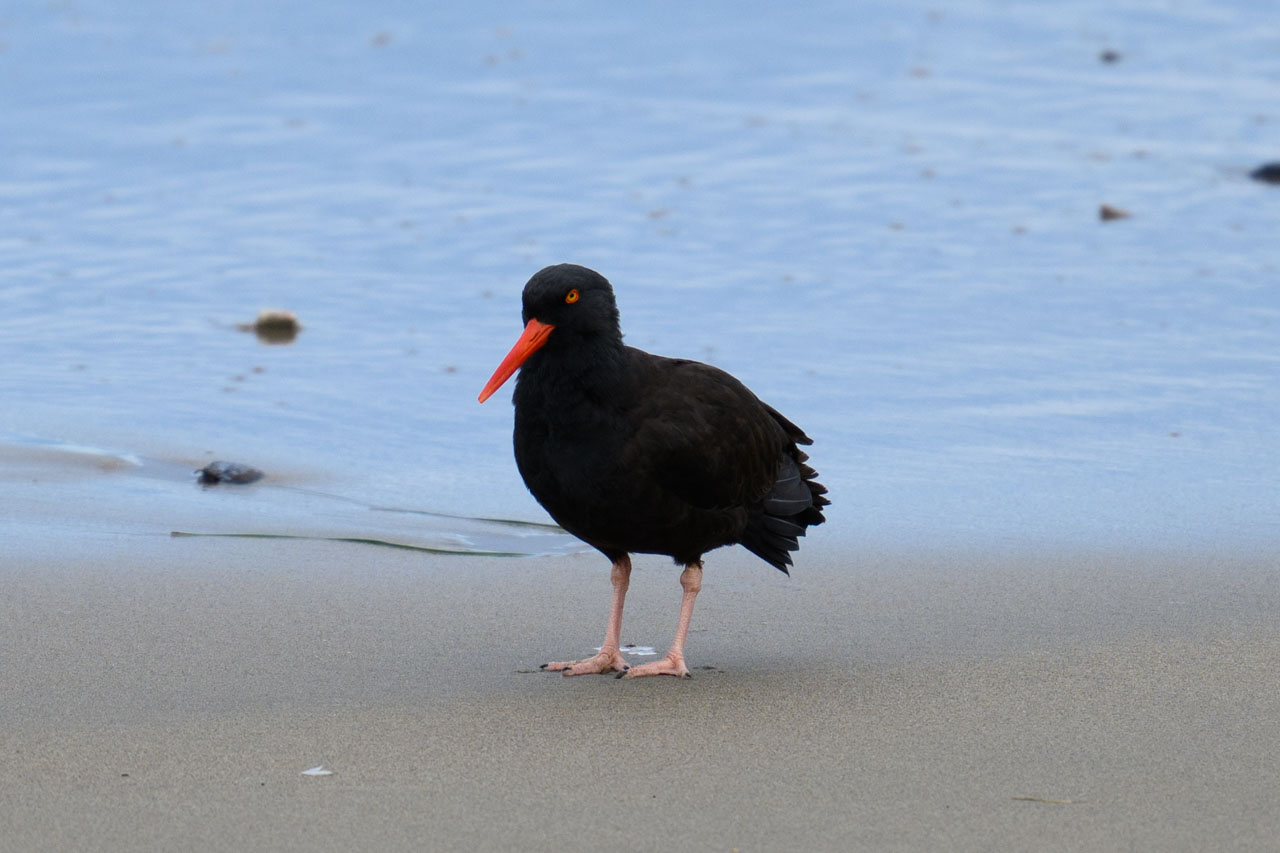
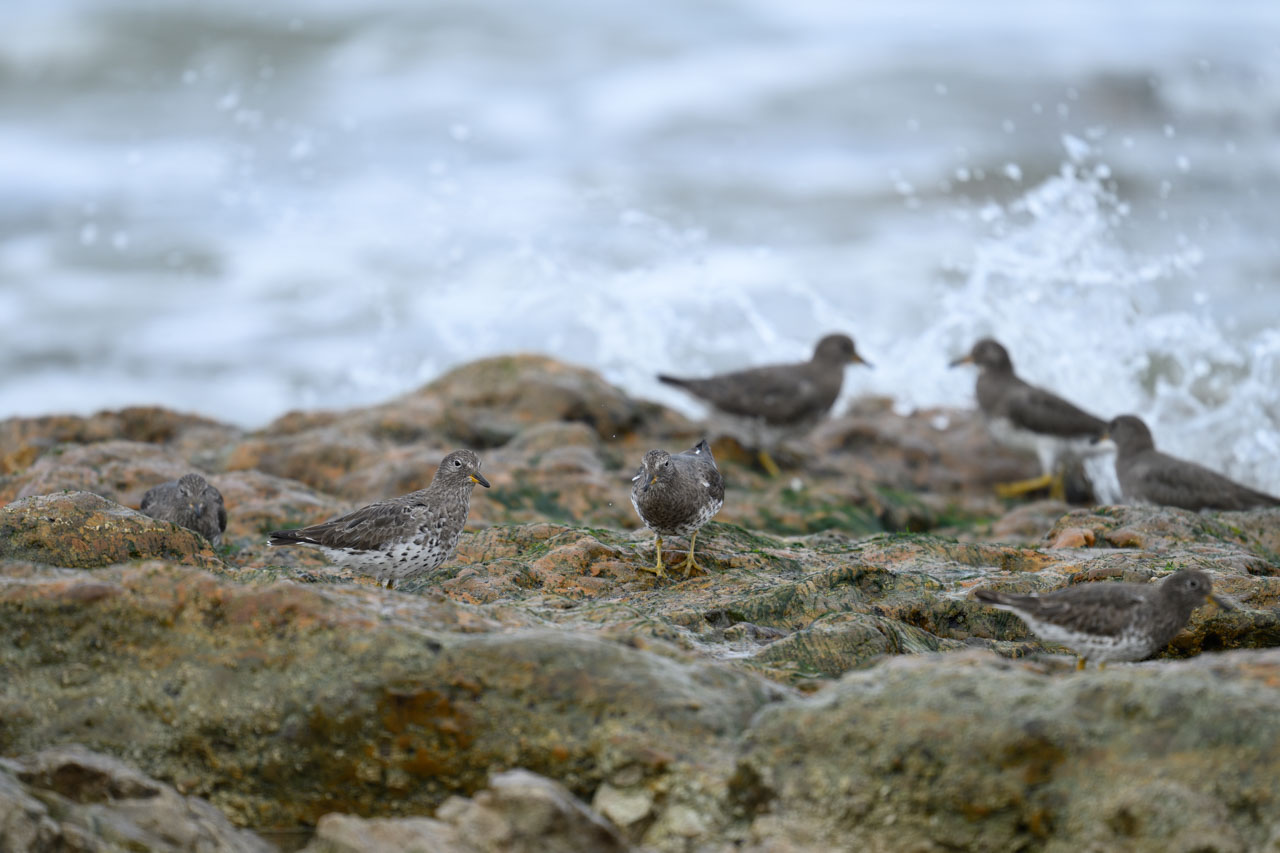
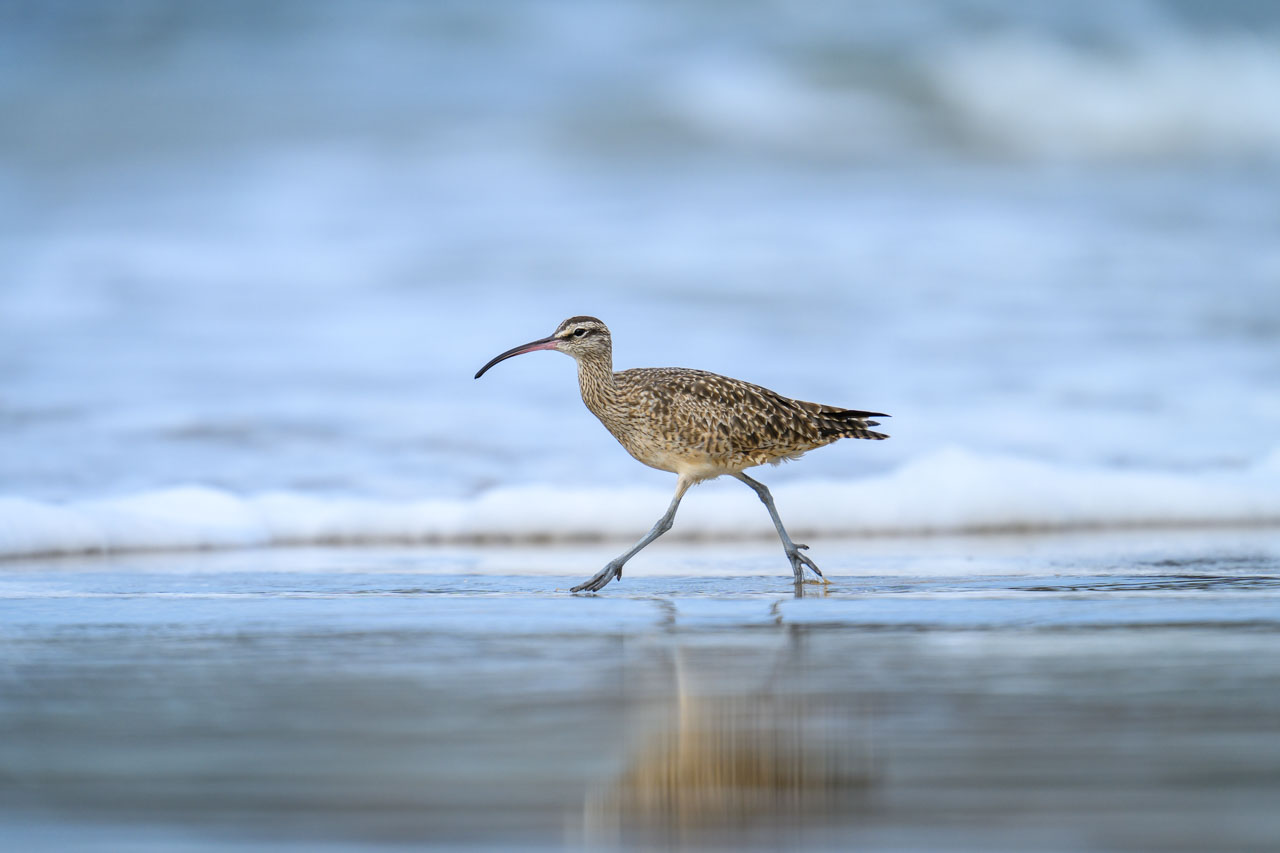

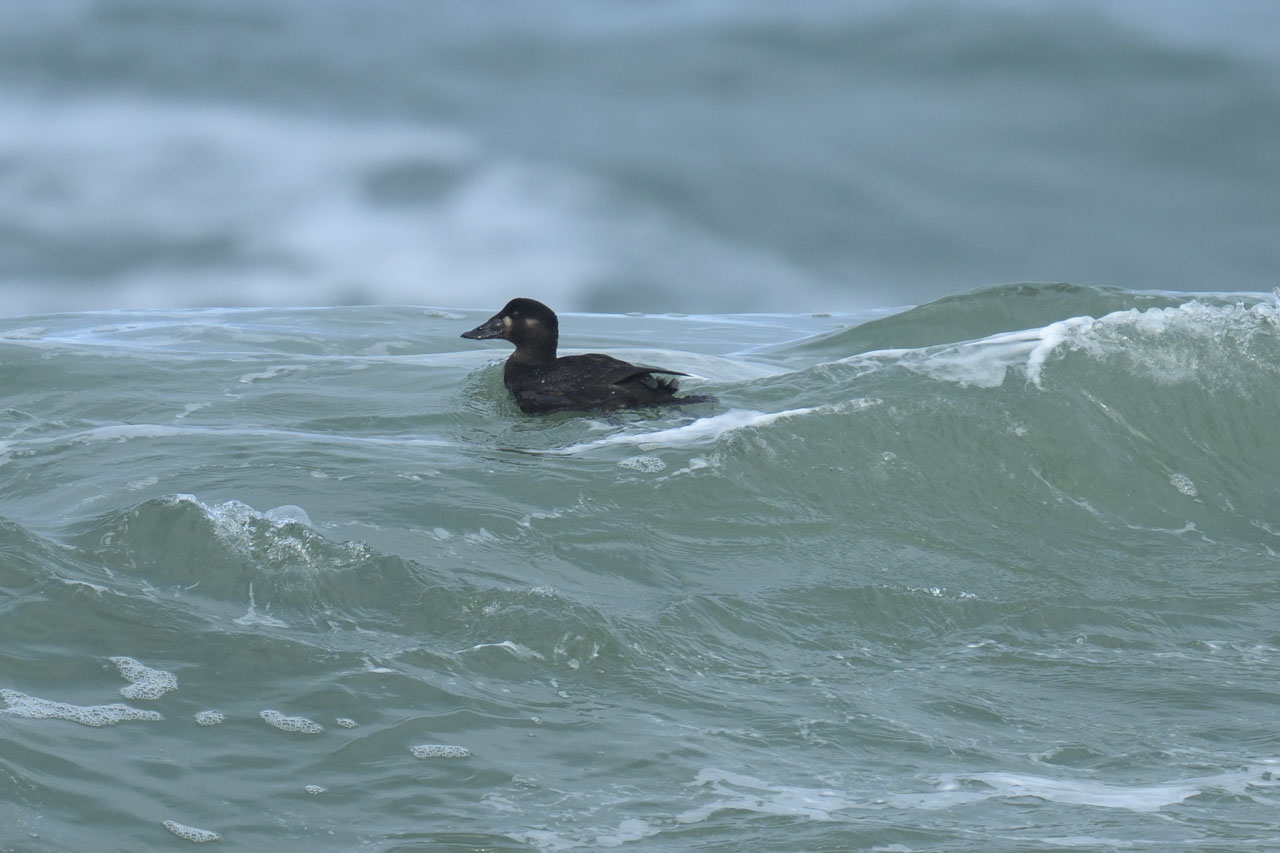


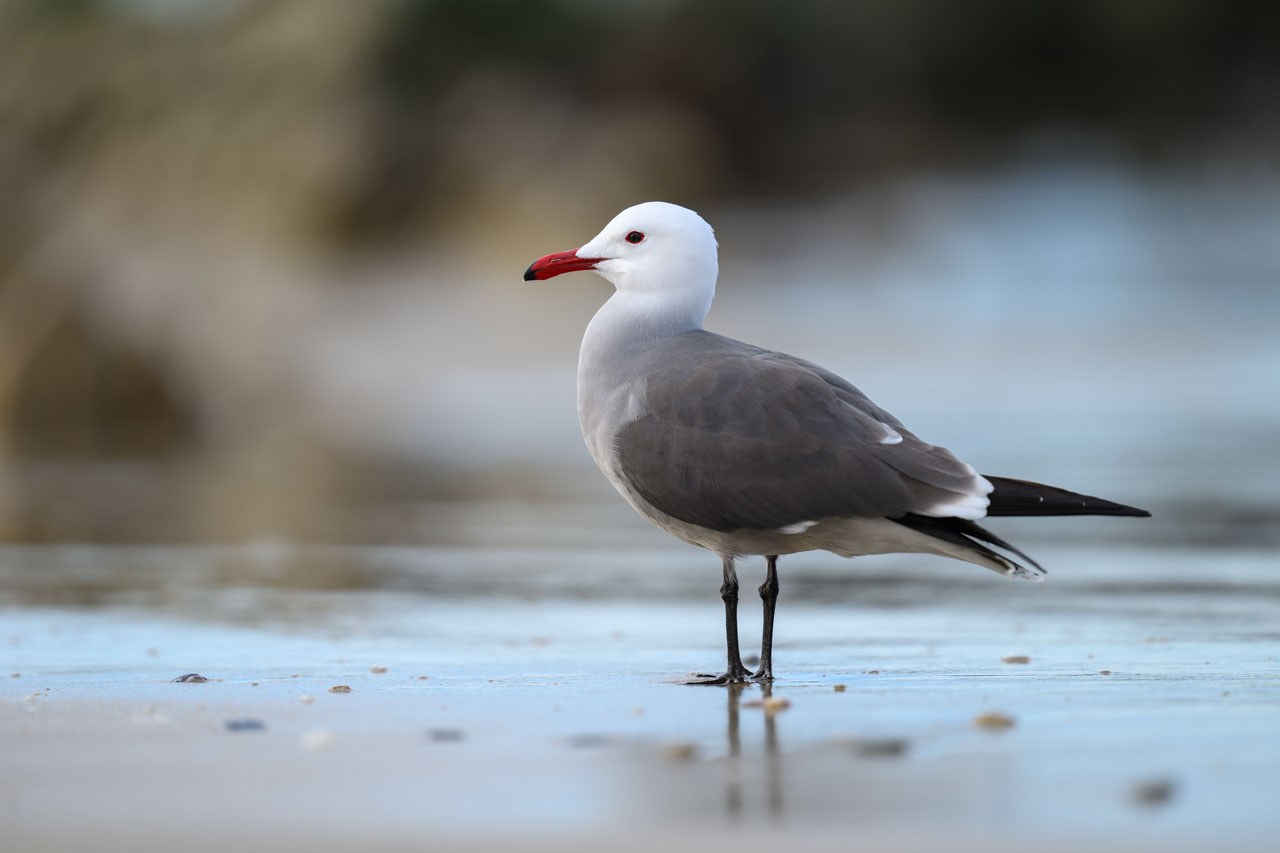
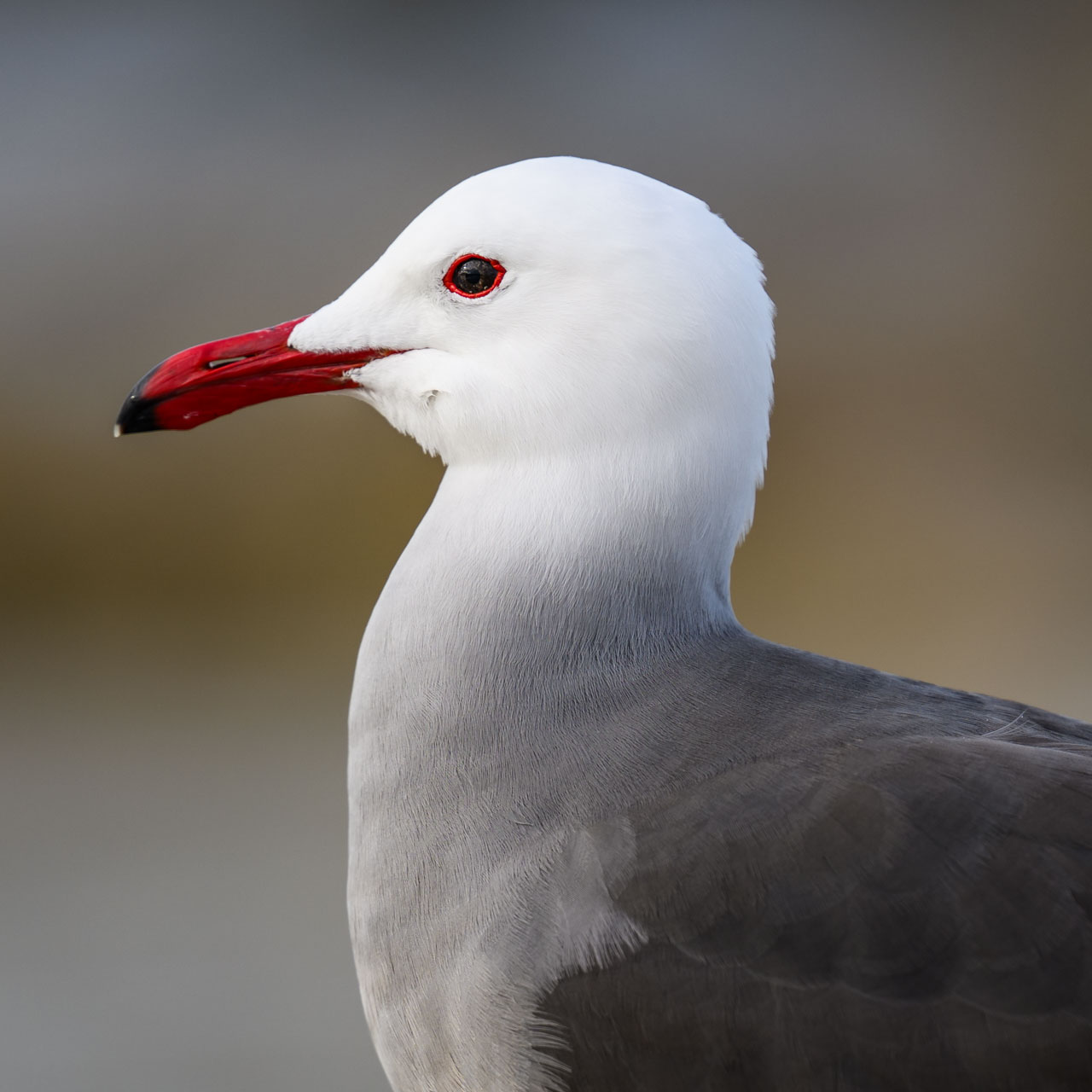
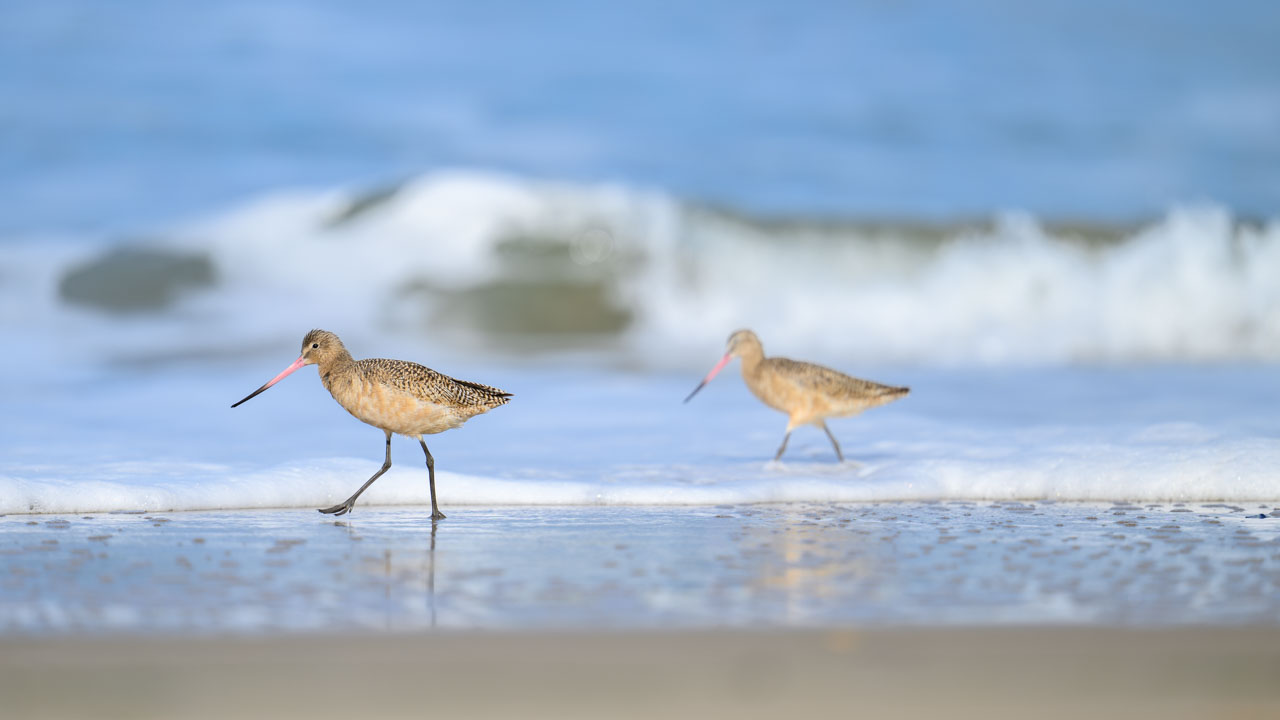
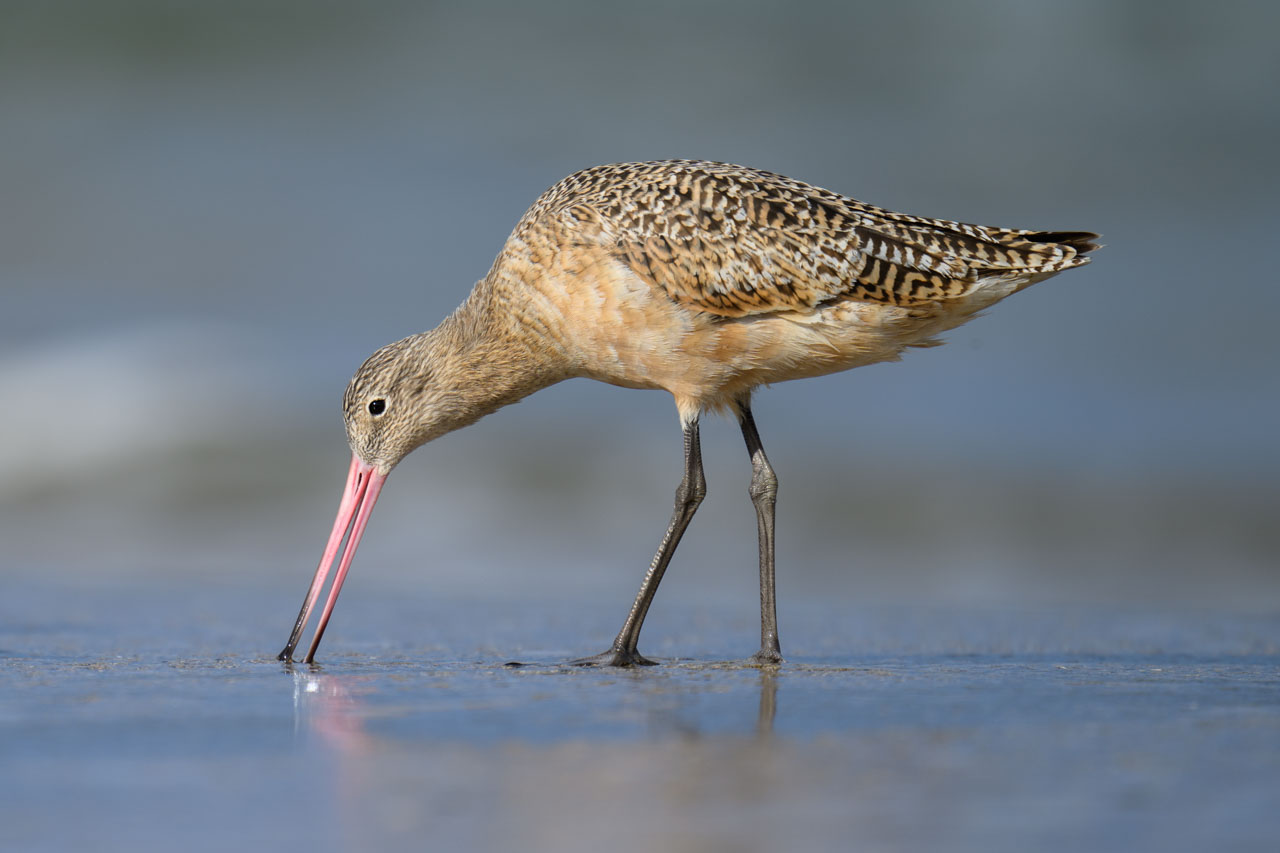
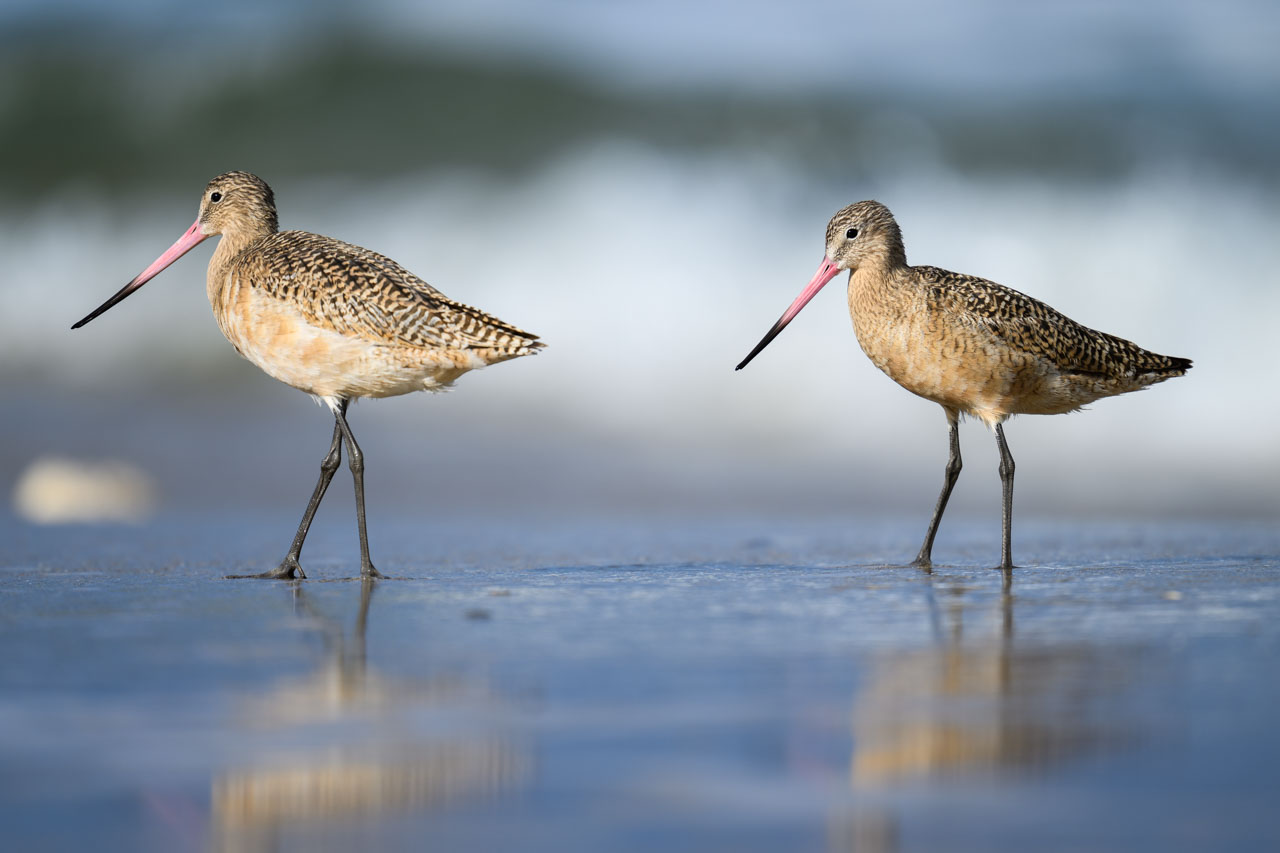
In the end, I didn’t find any loons, but I had a good observation session. That said, if I return expecting the same success, there’s always the risk of finding nothing at all.
